Does VR have a future, and what does it hold?
We speak to developers and platform holders to get a glimpse at the potential future of VR.
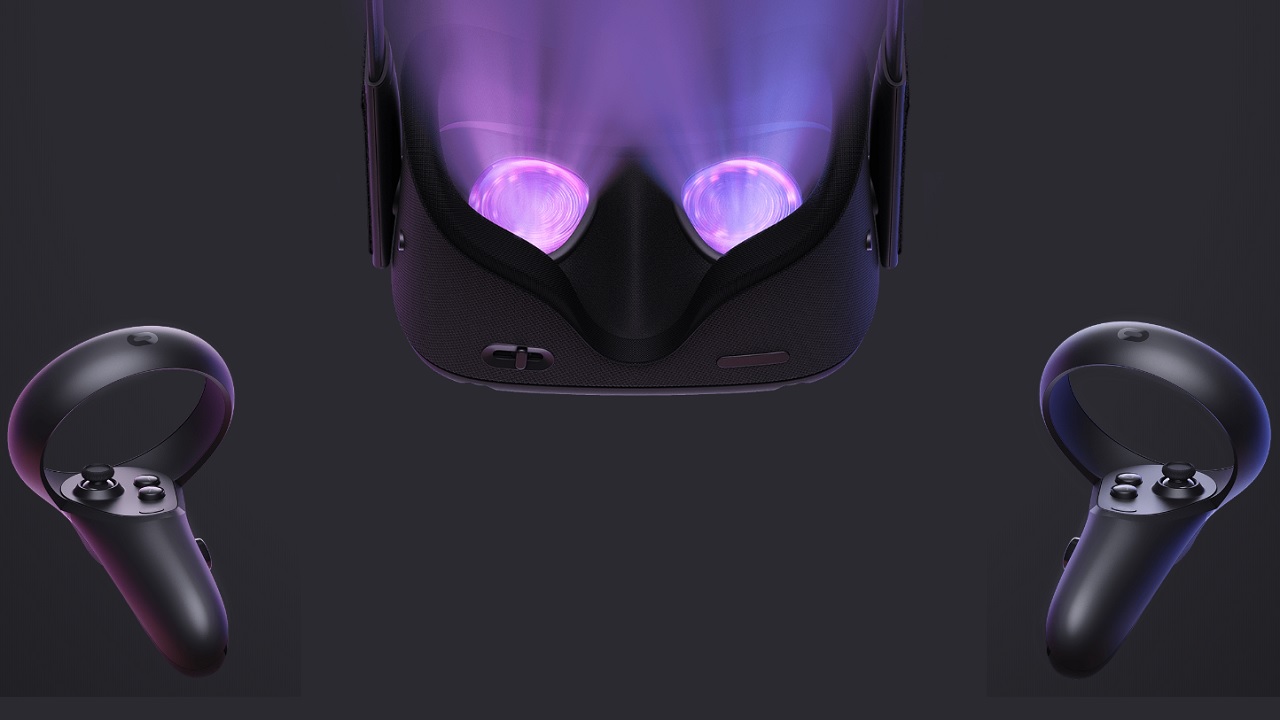
It’s an exciting time for virtual reality and the best VR headsets. After a cooling-off period following the molten hot start VR had, we’re starting to see companies settling in for the long haul. That means continuing investment, especially in the hardware platforms themselves, and the fruit of those investments is starting to ripen. The announcement and early demos of Oculus Quest have cemented standalone, wireless headsets as a viable path forward for VR in terms of accessibility and a low barrier of entry. Meanwhile, new technology like the eye-tracking showcased in the Vive Pro Eye paired with better image quality and ever widening fields of view mean higher quality virtual experiences that are easier to jump into than ever.
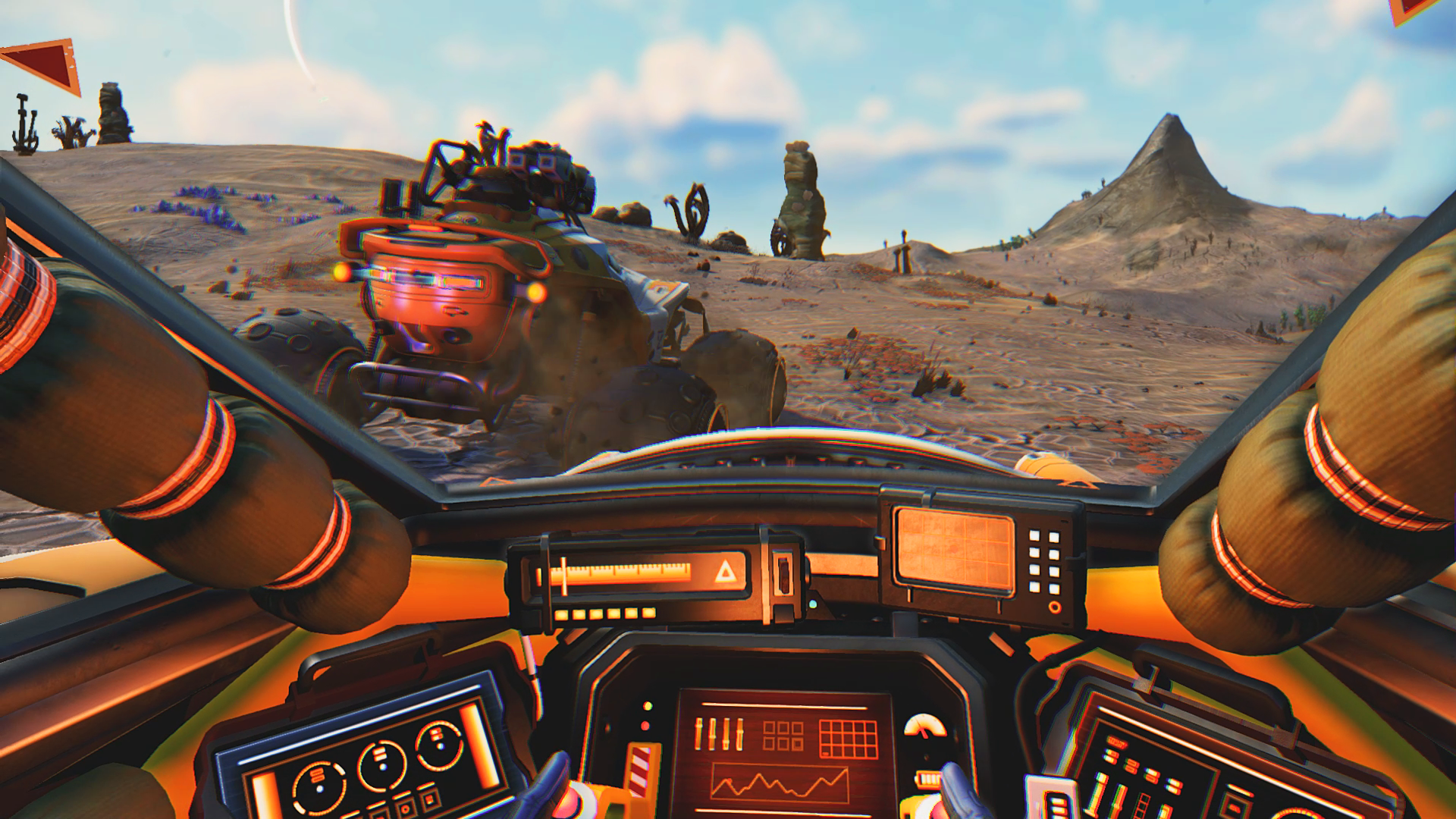
Best VR headsets
Best VR games
Best VR horror games
Relaxing VR games
The resounding consensus is that the future looks bright. Later in this feature I'll delve into the hardware and technology driving the future of VR and what that means for gaming and virtual experiences. Sharing space in virtual reality is a novel experience, one for which the potential has barely been uncapped, and the pioneers in the field I spoke with had high hopes (and a lot to say) about the social possibilities both in and beyond games.
But pushing forward also means confronting some of the most pressing challenges of VR. Like any technology that has yet to be broadly adopted by a mainstream audience, VR remains perched on an unstable precipice. While indicators of VR's viability are strong, there are no guarantees that it will continue to be a sound investment, and like any new technology, much rests on the financials underpinning it. I reached out to platform holders, publishers, and developers across VR to take their temperature on the current state of the field, its future prospects, and what excites them most about our shared virtual future.
VR State of the Union
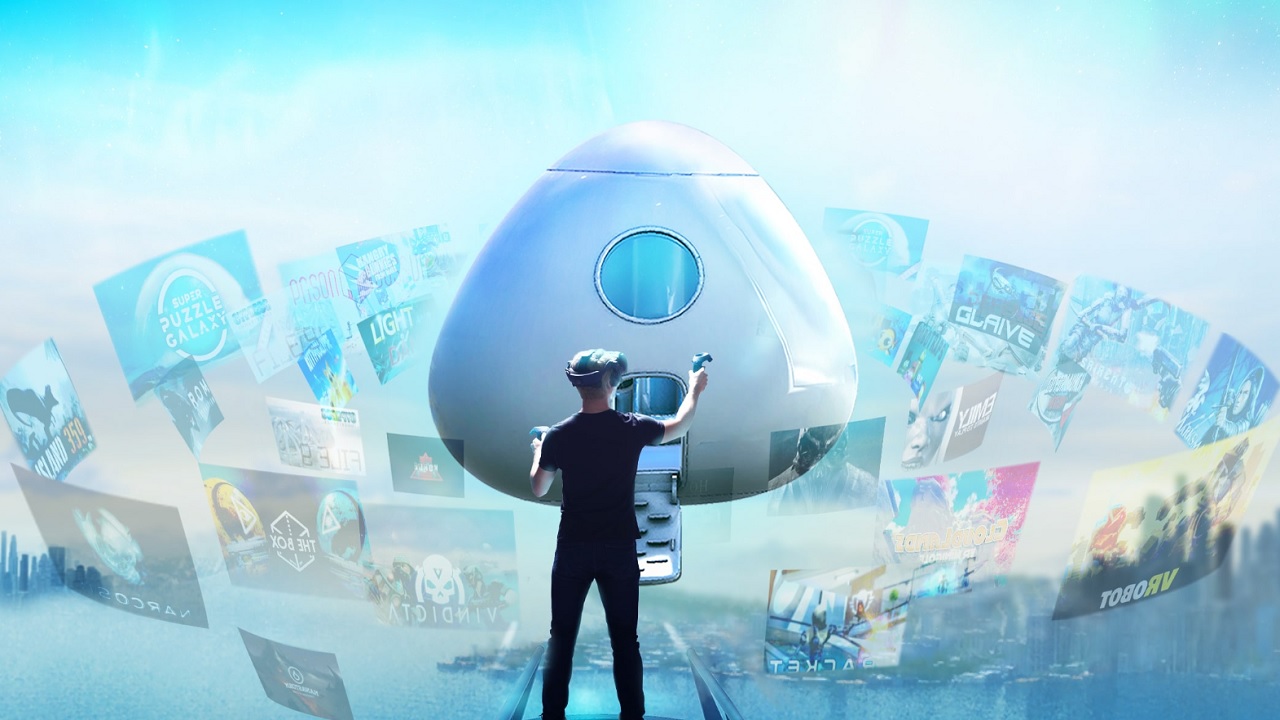
Allowing for a certain amount of bias given how much of their livelihoods depend on VR’s success, almost everyone I spoke to for this feature was overwhelmingly optimistic about where VR stands currently and its continued viability. The impression you get from hardware and software developers is that VR is healthy and poised for wider, steady adoption, all pivoting on continued commitment to the field from the major players.
"In 2018, Vive paced at its highest sales velocity of all time," says Dan O’Brien, HTC Vive’s General Manager for the Americas. "And this year we’ve set out to refine VR for all audiences, delivering hardware, content, and platforms so that there’s more to do in VR than ever before. We see VR continuing to evolve as new technologies and use cases push the industry forward."
O’Brien points to technology like the Vive Pro Eye’s eye tracking and cross-system initiatives like Viveport Infinity, an extension of their current Viveport Subscription service which aims to offer a huge library of VR titles across headsets from different manufacturers, including their main competitor Oculus.
"We’re also making it easier for customers to use a native browser in VR for video, retail, and more through a partnership with Mozilla and Amazon Sumerian, and redesigning how VR should look and feel with our Vive Reality System project."
Keep up to date with the most important stories and the best deals, as picked by the PC Gamer team.
Vive Reality System is what HTC is calling their virtual environment/VR interface, announced alongside the Cosmos, their next wired headset, at CES this year. It appears to be a step away from Vive's attachment to the Steam VR platform, allowing users to directly access the Viveport storefront and perhaps even interact with other users in a shared VR social space. Along with Valve's indications that they're developing a new, proprietary headset, it's another indication that the VR-centric partnership between HTC and Valve may be winding down, and that HTC views the Reality System as a one stop shop for their entire suite of VR experiences.
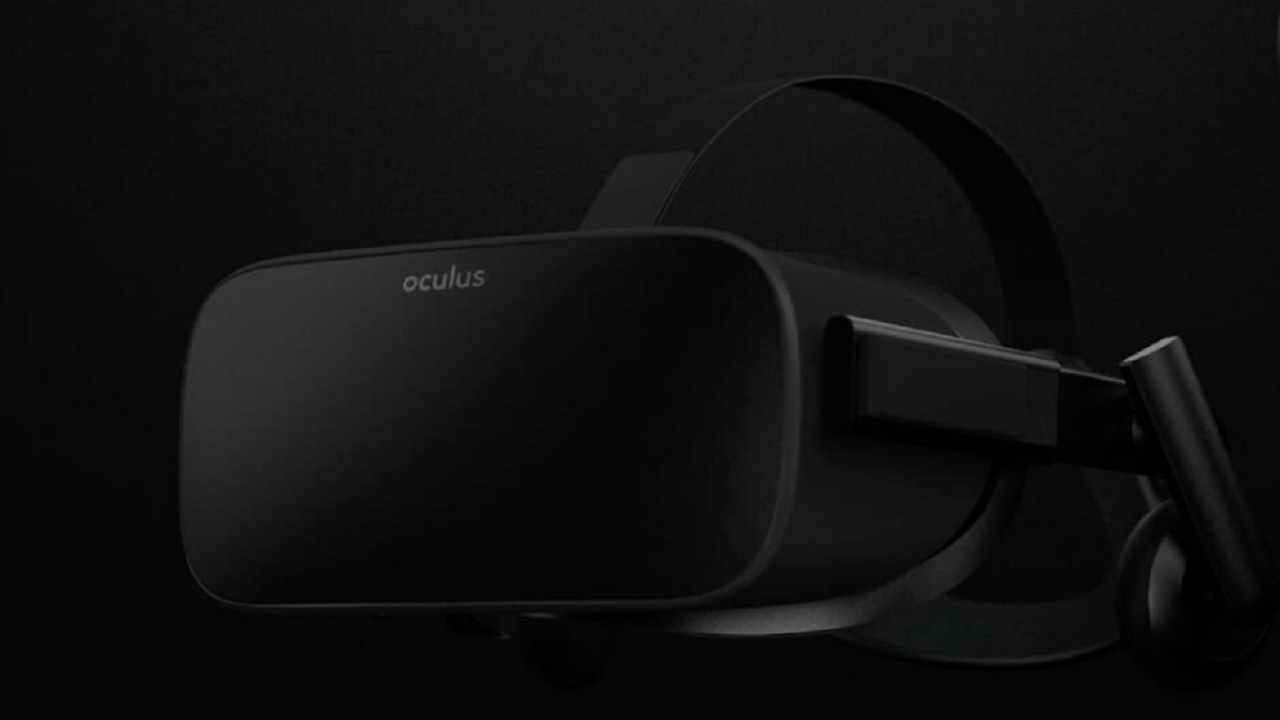
"The concept here is that VR should feel less like switching between apps, and more like exploring new worlds in a VR native environment," O'Brien says. "We believe the next jumping point will be in VR collaboration, so that people can more easily meet and work within VR."
On the software side, developers seem similarly bullish on the current state of VR and its future prospects. Jeff Pobst, CEO of Hidden Path Entertainment, spoke at length about how fortunate he felt to helm a studio that was able to develop a diverse lineup of VR games, including the well received tabletop-style strategy game, Brass Tactics. His view of virtual reality is one of a technology in its infancy.
"VR gaming has just scratched the surface of what it is capable of, and there’s so much more to discover on what makes great VR entertainment for players," Pobst says. "From a market perspective, the path of VR is an interesting one. It’s definitely growing, and there is an install base that some generations ago new consoles would have been very excited to have. However, VR is compared to more established gaming and it's lagging behind in those numbers, and that’s definitely making it a challenge to create entertainment at the quality level and associated budgets that consumers desire."
That's a major obstacle for VR, balancing expectations against reality. A significant amount of investment capital in VR comes from firms and individuals who look at the explosive growth (and profit potential) of traditional gaming and other tech sectors and expect VR to deliver similar return on investment. But VR growth, while steady, has been more modest, and this puts increased pressure on the major platform holders or publishers to self-fund. Jason Kingsley OBE, the co-founder and CEO of Rebellion (developers of Arca's Path and other traditional and VR games), is wary of any company exclusively focused on VR.

"With any kind of innovation it’s always about investment and who’s going to pay for stuff to happen," Kingsley points out. "Investors want quick returns, big returns on their money, and I think VR isn’t the place where you get quick, big returns, so it’s difficult to get investment. But we need hardware to continue to be innovated and built. We need people to invest in companies, maybe a component of which will be VR rather than their sole focus. For example, we’re doing traditional video games, but we also still want to do VR. VR is a part of our portfolio but we haven’t entirely dedicated ourselves to doing it—it’s a small component of what we do, but it’s an exciting and interesting component."
Fortunately, according to Pobst, "there are companies such as Oculus, Valve, and Sony who have the resources to stay committed to VR as it grows. In the past, there might have been a 'bubble' where many people come in, hope to make a quick dollar, and leave if they don’t make that revenue. But because of the commitment of those who want VR to succeed and are willing to commit for the long term, there are going to be options for players for a long time, and give the market time to become one that is sustainable for developers and publishers to focus on VR."
One of those people is Chris Alderson, Co-Founder and Art Director at Polyarc, who's been working with VR since the very beginning of the current renaissance and closely monitoring its development.
"Developing for VR the past four years," Alderson remembers, "I have seen the industry grow from an exciting-yet-obscure new form of interactive entertainment to an avid community that’s currently millions strong. I see VR as an innovation that will continue to evolve, even possibly merging with AR down the road, and I’m personally interested in continuing to develop experiences where you as the player are a part of the journey and not just a member of the audience."
For Alderson, the most powerful moments VR has to offer are those where players connect with digital characters in the same way they connect with people in the real world. Working on Moss, the critically lauded story of an adventurous young mouse, Alderson says he saw first hand the power of manifesting characters in virtual reality.
"The best way to explain the love and care players can experience in VR is to compare meeting Quill, the protagonist in Moss, to meeting your new puppy in person for the first time—it tugs at your heartstrings in a natural way, something you just can’t experience on a flat screen. In fact, we’ve had numerous people break down and cry with happiness at just the sight of her. I've seen the power of VR and how it opens an opportunity for players to build an emotional connection with a character."
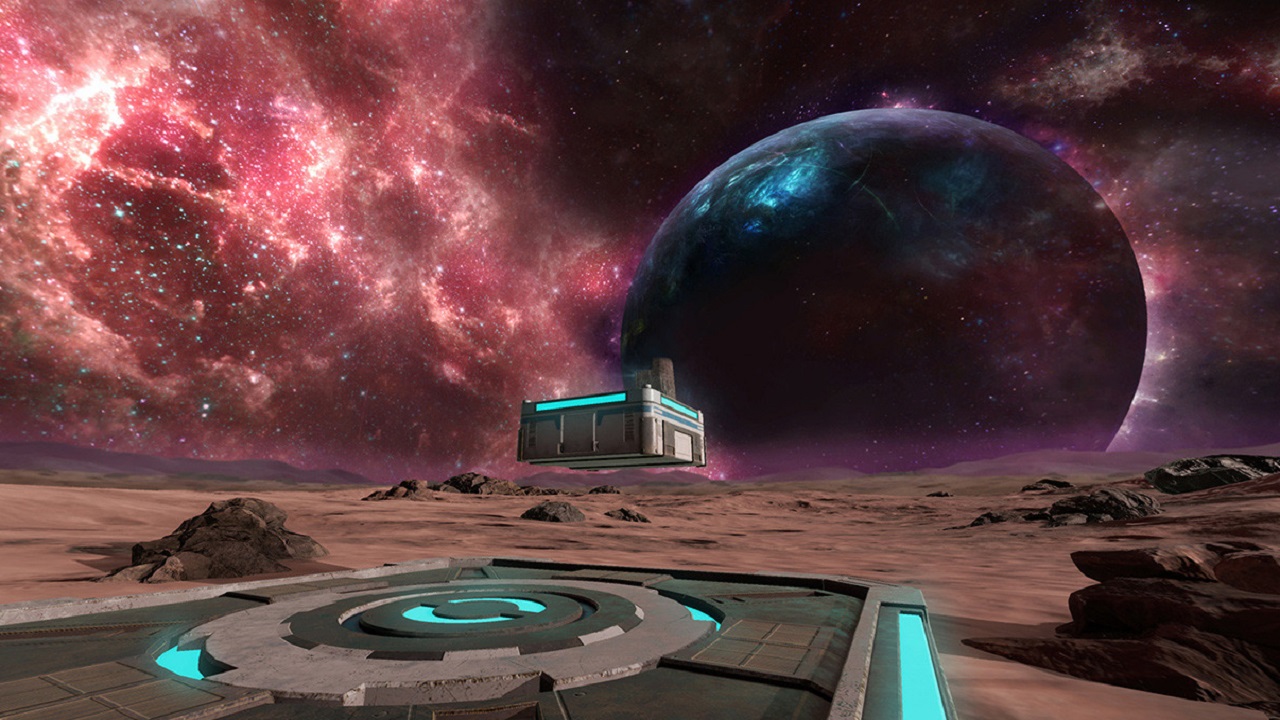
The bridge forward
The question then becomes, what are the next steps for VR? What do manufacturers and devs need to do to ensure that we progress from the current state of this technology to a future of mainstream integration?
One of the major themes I encountered across these interviews was that the most important feature for growing the VR audience is comfort. People want headsets that they can strap into and wear for long periods of time, without being put off by physical discomfort or nausea.
"There is the inherent friction for many people around putting a large headset onto their head," Jeff Pobst tells me, "and the miniaturization of headsets over time will likely be one of the largest technological advances that will help reduce the difficulties for players and help grow adoption of VR. Allowing more and more people the opportunity to comfortably and easily give VR a try will make a big impact."
Jason Kingsley at Rebellion agrees that comfort is one of the biggest challenges facing VR.
"How headsets display the virtual world to you is always a challenge and people’s biology differs a lot," Kingsley says. "People see things differently, have different vision in different eyes, are nearsighted or farsighted, have issues with motion sickness, and so on. There are all sorts of components that go into creating a comfortable illusion of being elsewhere. That's a major area that requires continued innovation."
Devin Reimer, CEO over at Owlchemy Labs (creators of the breakout VR hit Job Simulator), says that alongside comfort one of the major issues with VR is the amount of time it takes users to get from setup to playing.
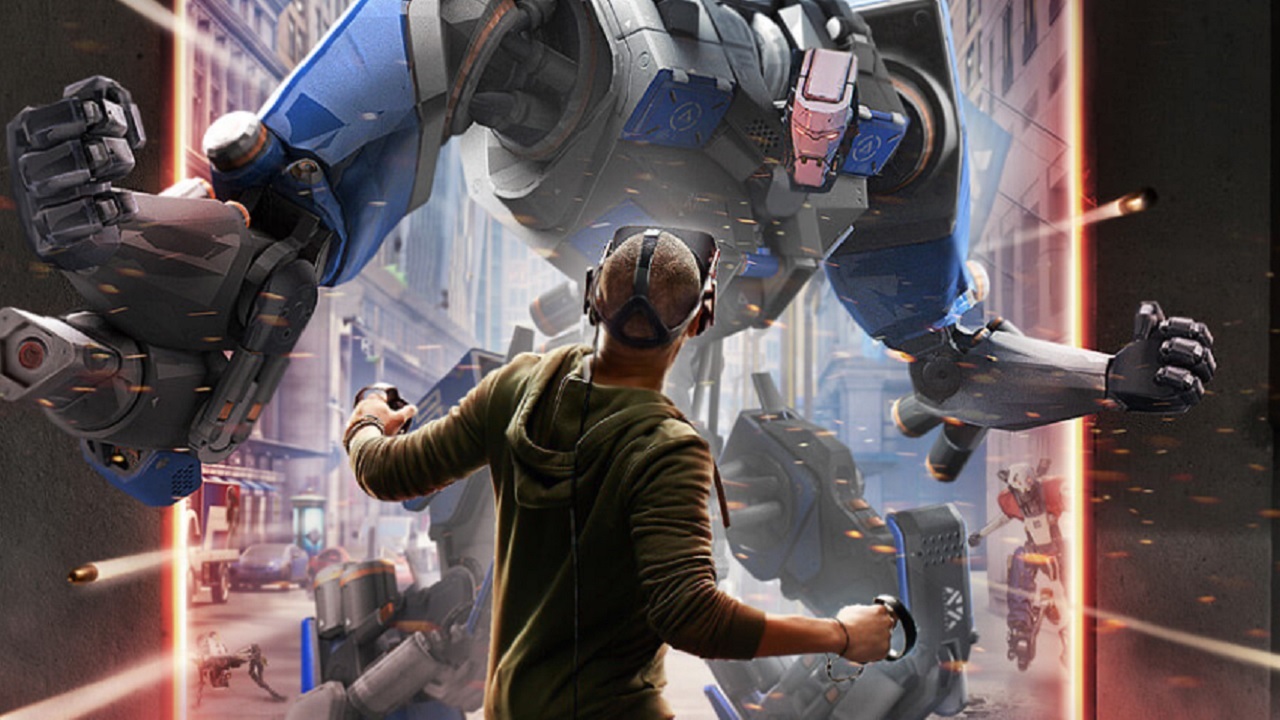
"To push VR forward, we need to make the experience of jumping in as easy and seamless as possible," Reimer asserts. "There's a lot of friction between the moment someone decides they want to be in a VR experience and actually being in that virtual world and interacting with it. Reducing this time delta will not only to make VR more appealing to a mainstream audience but will also yield new types of experiences."
Finding a synergy of comfort and simplicity means not only is VR easier to quickly jump into but also that practically anyone can put on a headset and start playing, without specific technical knowledge or lengthy, clumsy tutorials. Accessibility is the key to creating technology that's immediately available (and familiar) to a massive audience, creating an experience that's as easy to kick off as picking up a traditional game controller. Reimer says this is a guiding principle for Owlchemy when they develop for VR.
"With Job Simulator, we realized early on the importance of hand-tracked interaction as the most compelling case for VR and the standard for the future. We simplified our interaction model to a single grab button to create as little friction as possible for players to interact with a world only possible in VR. Stepping stones. We’ve continued to build on that foundation in every new title we release."
A sharper image
Comfortable, easy to use headsets and intuitive control schemes are the baseline. That means building HMDs that are adjustable and will suit people of all shapes and sizes, including people who prefer to wear glasses in VR or suffer from disabilities. Beyond that, technology needs to continue to progress and be refined, so that VR goes from a one-off trick to a long term magical experience. It may seem banal but one of the keys to that is resolution.
"I think it's a commonly overlooked deficiency with current VR hardware," says Ryan Payton, founder and designer at Camouflaj, the studio behind Republique VR. "I’ve demoed VR to dozens of first-timers, and after the initial 'wow factor' wears off, they often ask why the world is so blurry."
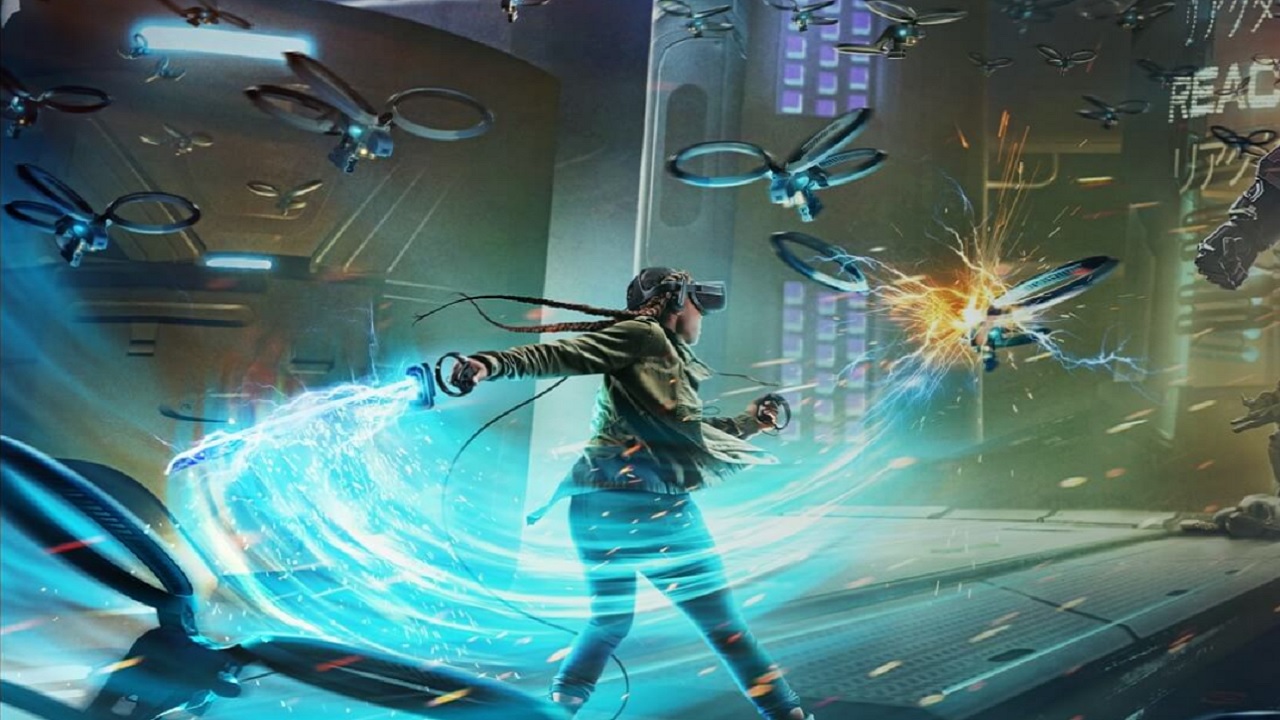
As Chris Alderson points out, increasing resolution isn't just about making images sharper and more realistic, it could also potentially reduce motion sickness. But resolution is just the tip of the iceberg. Some of the other ways forward include making the experience of being strapped into a VR headset more intuitive, and sanding off some of the edges that make VR more of a chore than a good time.
"The hardware challenges are real but are achievable within the short-term," Payton says, "be it wireless, higher resolution screens, inside out tracking, six degrees of motion, or better motion controllers. I think the greater challenge for VR will continue to be on the software side of things—the marketplace simply needs more VR-exclusive games that capture the attention of the masses. This will require further commitment and development dollars from the VR-focused platform companies."
For HTC, this means that beyond investing in developers and a continued focus on comfort, resolution, and audio, the company wants to continue to find ways to get the hardware out of the way so the experience of immersion is front and center.
"We’re really excited for the future of eye tracking," O'Brien adds. "Right now, this technology has a number of immediate benefits for the enterprise market from performance, to accessibility, to improvements in training applications. We see this hitting the consumer market at a later point in time."
Eye tracking has the potential to make UI interactions even easier than current gesture based solutions, letting users select menu items simply by gazing at them. And there's the inside out tracking featured in the upcoming Cosmos, which means tracking from within the HMD that would eliminate bulky external sensors that clog up additional USB ports. HTC is also leaning into their origin as a mobile company and looking at how they can integrate that experience into VR development.
"Since our foundation as a company is in mobile, we see the advent of 5G as a transformative technology. The raw speed increase will enable very interesting stand-alone VR scenarios and we’re already trialing technology that pairs 5G and VR."
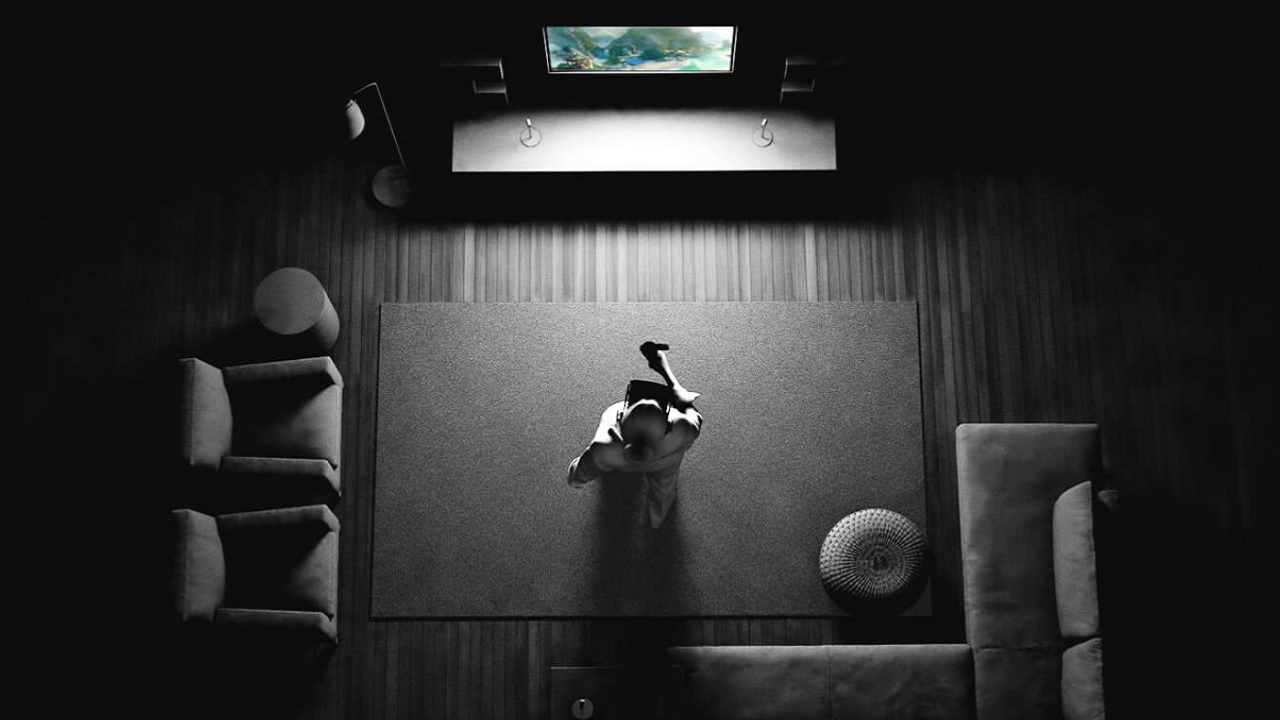
Polyarc's Alderson, on the other hand, sees massive potential in Oculus' Quest headset and the possibilities of a VR future untethered from PCs, or wires of any kind.
"A high end, stand-alone, cordless headset with 6-degrees of freedom. The Quest will require minimal setup, making it easier to just pick up and play. It has built in 360 audio, so there's no need for headphones, and it also comes with self-tracked touch controllers. All of this for only $400… are you kidding me?"
"The best way to predict the future is to create it."
More than a sort of general optimism, more than the importance of comfort or resolution or any tech-based sleight of hand, the most ubiquitous concept that came up when I talked to people about the future of VR was presence.
For Jason Kingsley, who runs a history-focused YouTube channel, "the thing that really drives me with VR is the sense of presence in another place, and therefore any experience where I can explore and interact with things that I cannot in real life is a wonderful thing." He says that while a lot of VR experiences have been horror-based, the real potential is in marvel and spectacle. "I want to be somewhere delightful and exciting and interesting. For me, time travel is something we can get pretty close to using VR. I’m quite excited about the idea of exploring castles when they were first being built or going back to ancient Rome and just wondering through that landscape."
Jeff Pobst from Hidden Path agrees that the most powerful potential of VR is its ability to transport players.
"One of the unique features inherent in VR is the sense of presence it can give to the player. VR can make you feel like 'you are there,' anywhere, in a powerful way that isn’t an option for other formats. That opens up the ability to put a player in the middle of all sorts of experiences, perhaps real, perhaps fantastical, that they otherwise would experience at more of an arm’s-length distance in other media. That ability to put you in a situation also opens up an empathetic channel that is very different in VR than in traditional formats."

Devin Reimer echoes that idea when he talks about how VR is the closest we get in games or other interactive experiences to feeling like we have a real body in a virtual space.
"VR has the potential to be the most intuitive computing platform ever built," Reimer postulates. "As humans, we learn from the day we’re born how our bodies exist in relation to the physical world and how to use them to interact with it. Virtual reality removes the abstraction that exists in current computer interfaces and taps into our innate ability to interact using our bodies and spatial awareness. In everything from the applications we create to the hardware and peripherals built to interact with them, I am certain the future of VR will be shaped by this unique potential of the medium."
For Chris Alderson, one of VR's greatest prospects isn't just letting us inhabit different spaces, but different people. Far greater than traditional gaming mediums, VR gives us a glimpse of what it might be like to be an entirely different person.
"As a player in VR you're teleported into an entirely new world, and you are a present being within that world. What are different ways we can leverage VR to give the player their own story and convincing motivations? Think about the experience of watching a movie. What if instead of being a spectator in the audience, you were a part of it? You are the hero. The story is about you, and not just the characters and world that surrounds you. These were discussions we had throughout the development of Moss, and while we decided to focus more on Quill’s narrative this time around, we know we’ve only just scratched the surface of those opportunities. It’s something that has only been hinted at in VR games thus far, and I’m excited for what comes out in the near and distant future."
Expanding on his remarks about how people reacted when they first met Quill, Alderson theorizes about a future where characters in VR don't seem like disembodied, digital simulacra, the way they do in traditional games. He imagines fully realized characters who we empathize with much the same way we do with the real people in our lives.
"One aspect of VR that I am personally excited to explore further is reaching toward the full potential of companion character interaction. If we’re developing virtual characters that you immediately care for and instinctively want to protect, how different is that from caring for a friend or loved one? How much further do we need to go before they feel real and autonomous?"

On the other hand, instead of creating relationships with virtual beings, Ryan Payton is most excited about the real world connections VR can enable.
"Long-term, I think Oculus is wise to invest in the social side of VR," Payton says, "as ultimately the medium will connect people in ways we can’t even imagine. It’s not science fiction to say that we’re rapidly approaching a world where VR will be good enough to emulate the magic of in-person social presence. It’s all very exciting, and a little scary."
Like Payton, Reimer is also enthusiastic about the social potential of virtual spaces, and about how interacting in VR could unlock creative potential that wouldn't have otherwise been realized due to physical boundaries.
"What excites me most about this future is the opportunity to create VR that bridges the gap in what types of experiences people have available to them based on geographic location. You don’t get the same sense of involvement from watching a video or even interacting with a flat game as you would from a real world experience, and VR gets much closer. This will open up opportunities for people all over the world to not only experience new things, but also collaborate with people they otherwise couldn’t. It’s going to unlock a huge amount of talent and experience for so many people, and will undoubtedly catalyze innovation we can’t yet imagine."
Pobst agrees, and believes that one of the most exciting functions of VR is its ability to open doors to places and experiences (and other people) that users may never have otherwise encountered.
"The combination of presence and empathy has the ability to help socially connect people in new ways," Pobst says, "help people experience fantastical and real places in new ways, and open up new ways of looking at and experiencing play, content, live experiences, and more. That sounds pretty exciting to me."


